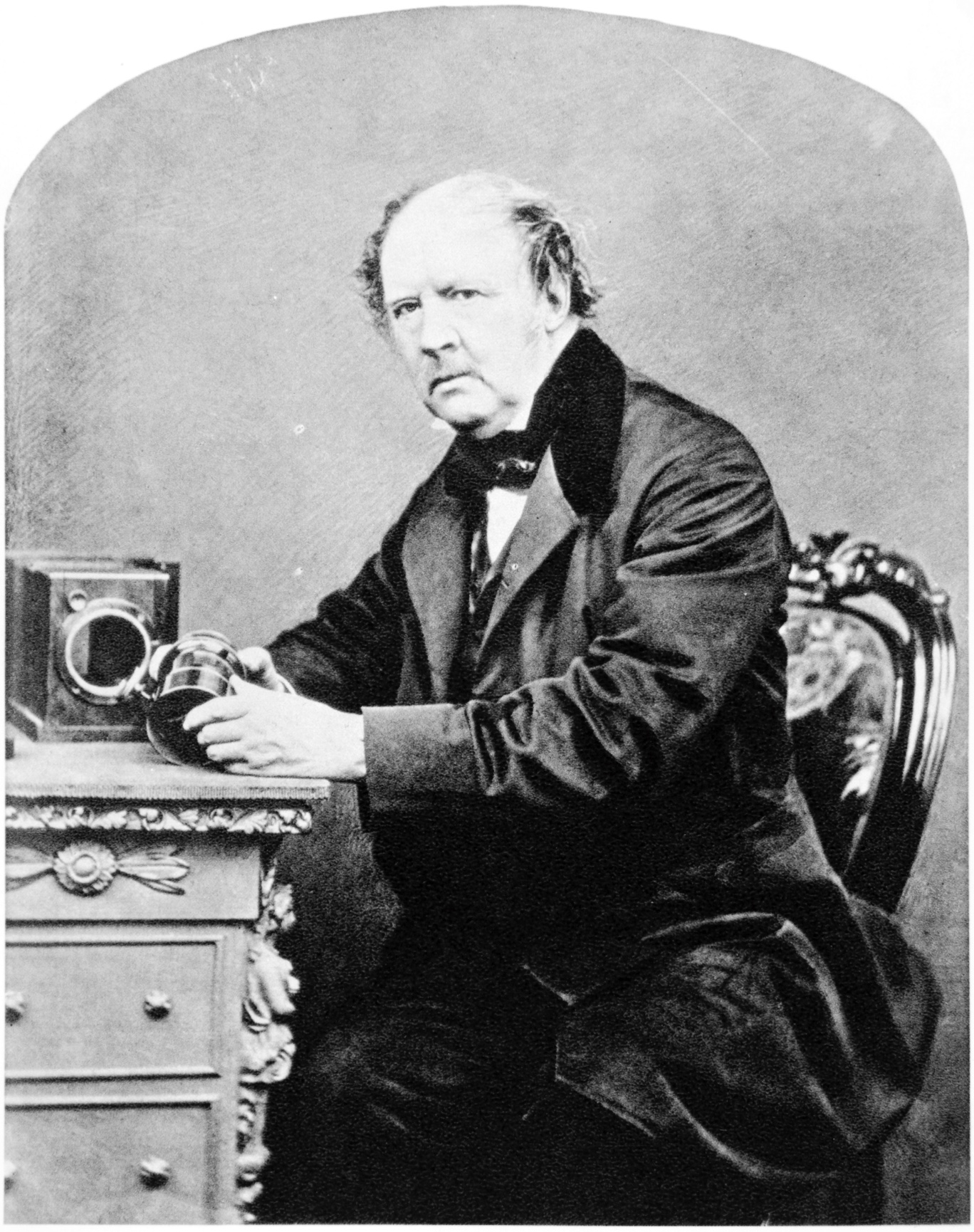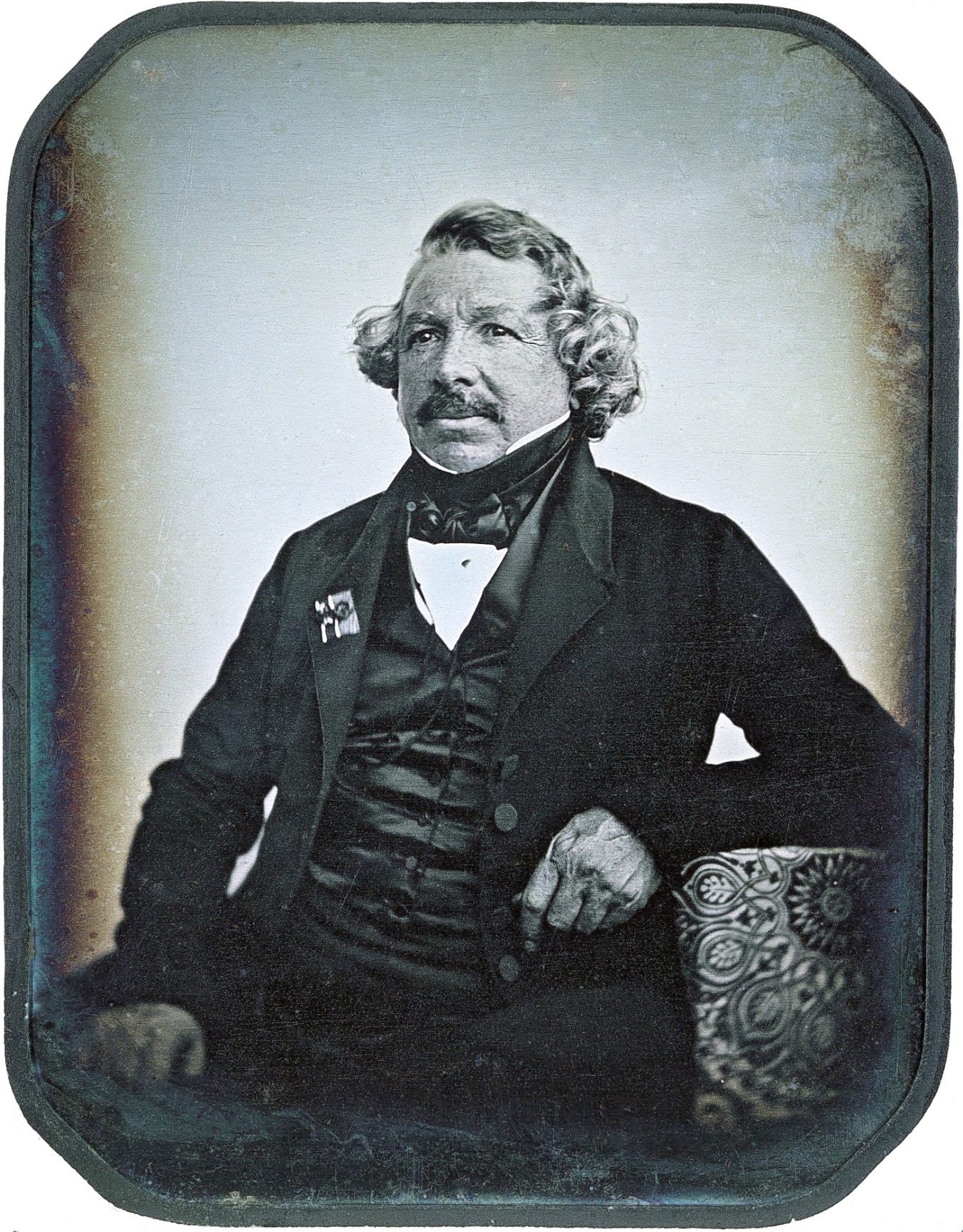There really is no one person but rather philosophers, physicists, chemists and astronomers dating back to the 5th and 16th century who first studied optics and the properties of colour. By the early 1800's the mission was to capture light - which sounds inanely obvious now but 200 years ago it had never been done, with the exception paintings and drawings. Enter the forefathers of photography : Nicéphore Niépce and Louis Daguerre (right) both of France and Henry Fox Talbot (left) of England. By the early 1800's scientists were in hot pursuit of capturing light - In 1814 Niépce achieved first photographic image using a camera obscura. However, the image required eight hours of light exposure and later faded. Daguerre then invented the daguerreotype which was the the Polaroid film of its day: a one of a kind image with no negative. Around the same time, Fox-Talbot, invented the calotype or "talbotype", which used silver salt and a developing agent on exposed paper. In other words, Talbot's translucent calotype negative allowed for multiple positive prints whereas the daguerreotype created a single positive. Interestingly, the latter two men worked insolation (no phones, no texts) and therefore independently of one another. It's all in "Capturing Light: The birth of photography, a true story of genius and rivalry" by R.Watson and H. Rapport.


0 Comments